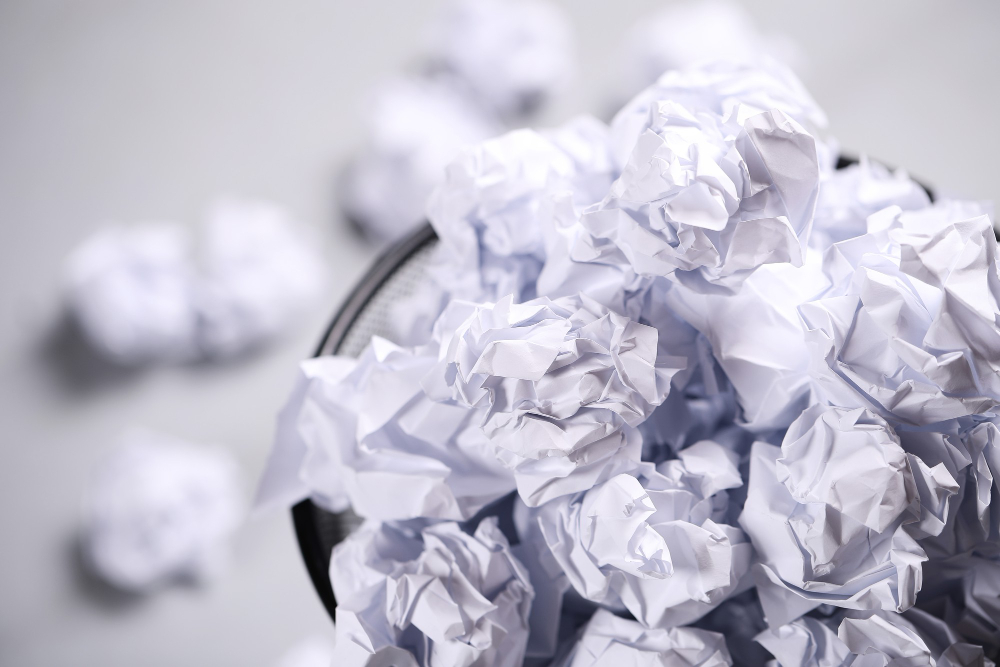
In today's environmentally-conscious world, recycling is more important than ever. It's a simple yet effective way to reduce waste, conserve resources, and protect our planet. Among the different materials we recycle, paper stands out due to its prevalence and ease of recycling. For residents and businesses in New Jersey, understanding the paper recycling process can help make a significant environmental impact. This blog will explore how paper recycling works, why it's crucial, and how All County Recycling offers a seamless service to those in New Jersey interested in contributing to sustainability.
Paper recycling plays a pivotal role in reducing deforestation, conserving energy, and saving landfill space. When paper is recycled, it reduces the need for virgin paper production, which requires cutting down trees. Additionally, the recycling process uses significantly less energy compared to manufacturing new paper products. In a state like New Jersey, where the population density is high, recycling paper can also help mitigate landfill overflow, contributing to a cleaner, more sustainable community.
The first step in paper recycling is the collection of waste paper. This includes newspapers, magazines, office paper, cardboard, and other paper products. In New Jersey, local recycling programs and companies like All County Recycling provide convenient curbside pickup and drop-off locations for residents and businesses. Once collected, the paper is transported to a recycling facility.
At the recycling facility, the paper is sorted based on quality and type. Different grades of paper have distinct fiber compositions, affecting the recycling process and the end products they can be used to create. Common categories include newspaper, office paper, and cardboard. Proper sorting ensures that the recycling process is efficient and produces high-quality recycled paper.
Once sorted, the paper is shredded into smaller pieces to facilitate the pulping process. The shredded paper is then mixed with water and chemical agents to break down the fibers and form a slurry known as pulp. This pulp is the foundation of recycled paper products.
The pulp undergoes screening and cleaning to remove contaminants such as staples, glue, and plastic. The mixture is passed through screens with various sized holes, allowing only paper fibers to pass through. This step ensures that the recycled material is free from impurities, leading to higher quality end products.
To produce clean, white paper, the pulp must go through a deinking process. This involves removing ink, adhesives, and other colorants from the paper fibers. The pulp is treated with chemicals and air bubbles, which lift ink particles to the surface for removal. Sometimes, bleaching agents are used to enhance the whiteness of the pulp, although many recycling facilities aim to minimize chemical use for environmental reasons.
The cleaned pulp is then spread onto a screen to form sheets. This part of the process resembles traditional papermaking, where the fibers interlock as the water drains away. The sheets of wet pulp are pressed and dried using heated rollers, forming continuous rolls of recycled paper.
The final step is converting the large rolls of paper into usable products. This includes cutting, folding, and packaging the paper into items like notebooks, office paper, or cardboard. Recycled paper products are then distributed to consumers, completing the recycling loop.
Working with a professional recycling company like All County Recycling can streamline the paper recycling process for both individuals and businesses in New Jersey. Here are some benefits they offer:
For those ready to start recycling, here are a few simple steps to follow:
The paper recycling process is a critical component of environmental sustainability, offering substantial benefits for the planet and local communities like those in New Jersey. By understanding how it works and engaging with professional services like All County Recycling, you can make a positive impact. If you're seeking paper recycling solutions in New Jersey, contact All County Recycling today for a free consultation and become part of the solution. Let's work together towards a more sustainable future, one sheet of paper at a time.